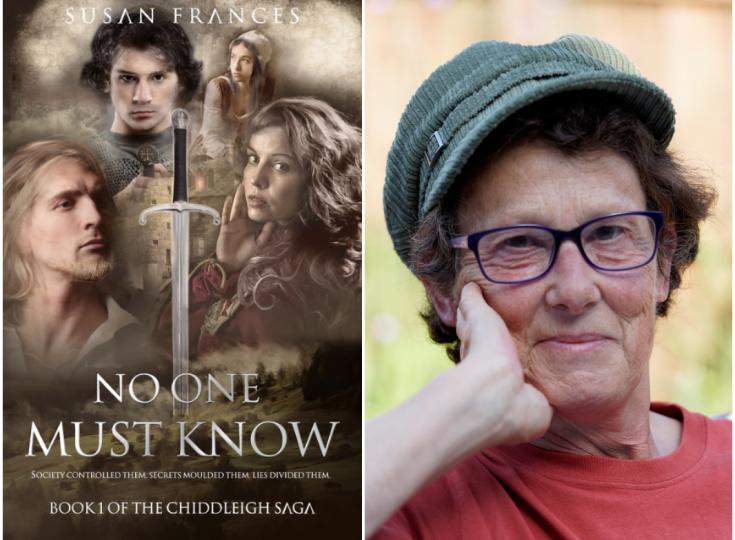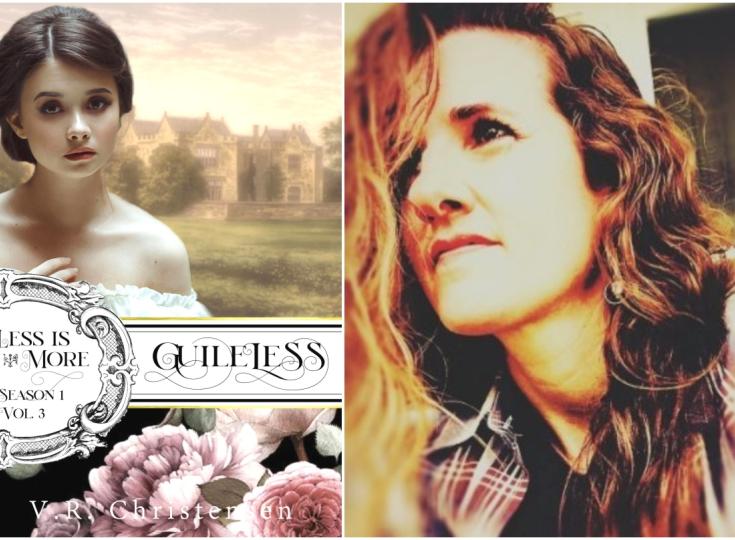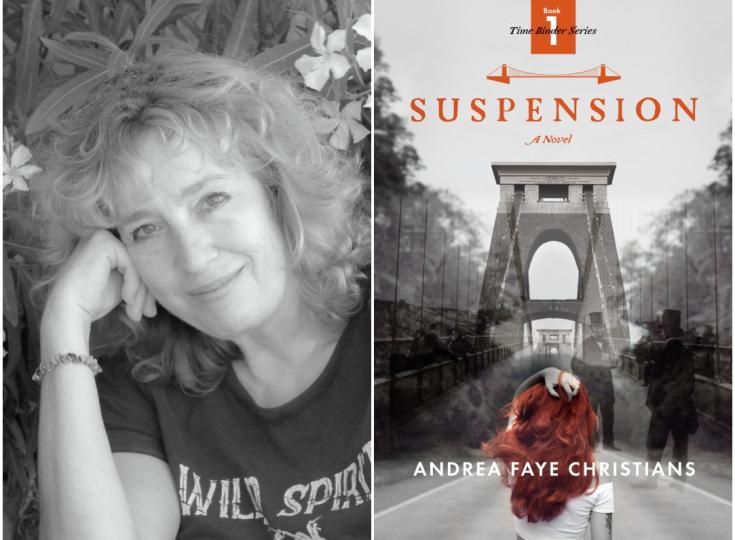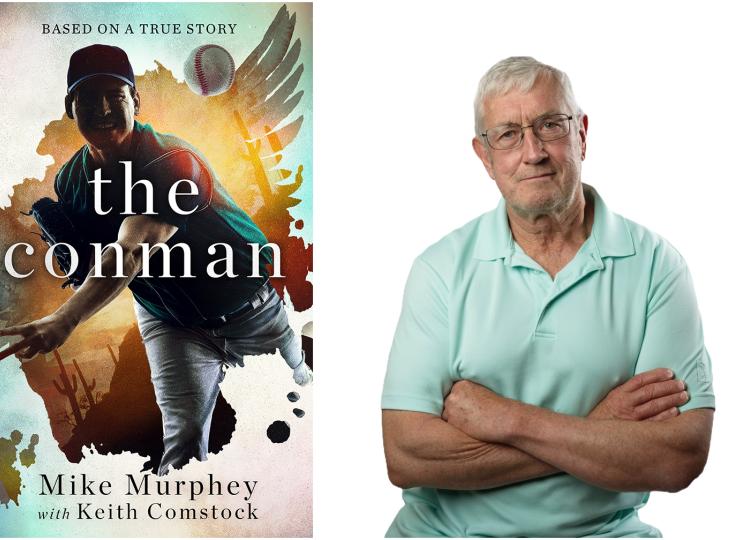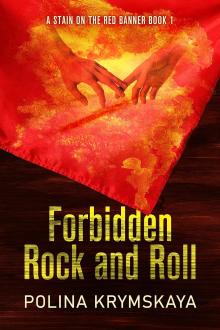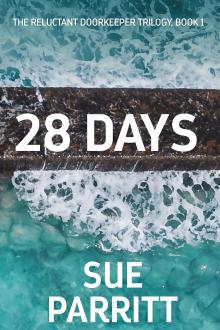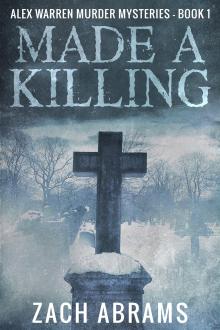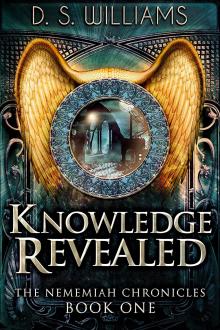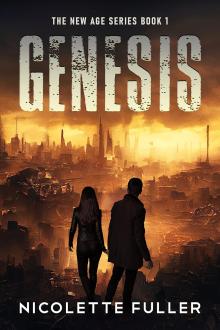Deb Elkink - Contemporary Literary Women's Fiction with a Theological/Historical Twist
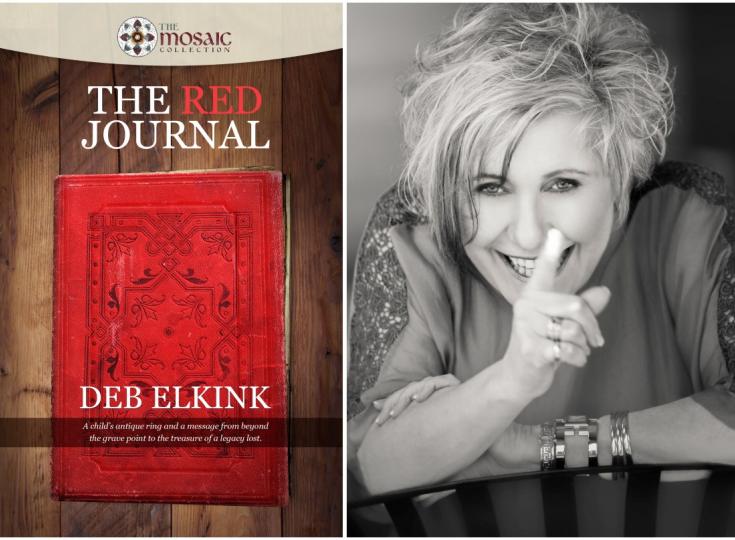
Deb Elkink is connected to several writers' associations and was recently recruited to The Mosaic Collection (an international publishing group of women authors). She is also involved in the local church and in community life. Deb takes to the road several times a year to speak at women's functions, always ready to return home again to her babbling brook — to sit and sip chai as she writes. But she also loves to travel internationally and confuses the locals with her smattering of foreign phrases. Deb has visited thirty countries on five continents so far and has offended the ears of Japanese, French, and Spanish alike with corresponding gusto. (She has been told, however, that her English is quite good.) As our Author of the Day, Deb tells us all about her book, The Red Journal.
Please give us a short introduction to what The Red Journal is about.
Flirty globetrotter Sybil badgers her friend Libby to travel along in seeking out with her the world’s “sacred places”—a monastery in Japan, a mountaintop in Africa, a mosque in Istanbul. Her footloose wandering far from family values costs her more than money. But Libby can’t afford to travel, and she’s plagued by a different kind of restlessness. Grieving the recent death of the grandmother who raised her in their inner-city Minneapolis tenement now slated for demolition, Libby faces homelessness in both heart and habitation. When Libby discovers a cryptic message from beyond the grave and an antique ring pointing to a mystery in an inner room of a mansion museum in North Dakota, she sets out on a quest of her own for the meaning of heritage and home.
What inspired you to write about a globetrotter who drags her friends along to the world's "sacred places"?
I love traveling to exotic locales myself, and I’ve visited many of the sites mentioned in my book but with a very different purpose than that of my character Sybil Tansey. Her curiosity turns toward the macabre, spiritistic, and sensual—motivation that embroils her inner life (and her friendship with Libby Walker) in conflict. The mini-settings of “sacred places” allowed me to survey concepts of mystical and alternative spirituality that fascinate—albeit not, in the end, positively.
Libby faces homelessness in both heart and habitation. Why did you create her this way?
We all long for home, don’t we? I grew up with a very family-centered existence—mom, dad, four siblings, lots of cousins and aunts and grandparents. Being part of vital family relationships creates a hunger to replicate this, both in real life and in fiction. Certainly, I’ve also been influenced by my own homesickness, not only as I wander the international highways and byways of this lovely earth of ours but also as I seek truth in my own soul and imagination—a “home” for my restless heart. I see the homeless population on city streets and my heart aches for their rootlessness; I see the longing in the eyes of girlfriends who haven’t yet found a place to settle emotionally and spiritually, and my soul yearns along with theirs. Homelessness in one form or another is a universal plight.
This is book 3 in The Mosaic Collection. How does it tie in with the other books in the series?
Each book is a stand-alone novel but shares the theme “Family by His Design” (and, also, chocolate!). We are a far-flung group (US, Canada, South Africa) of inspired Christian women writers, each with her own voice and style, each her own take and expression of our shared relationship with Father God.
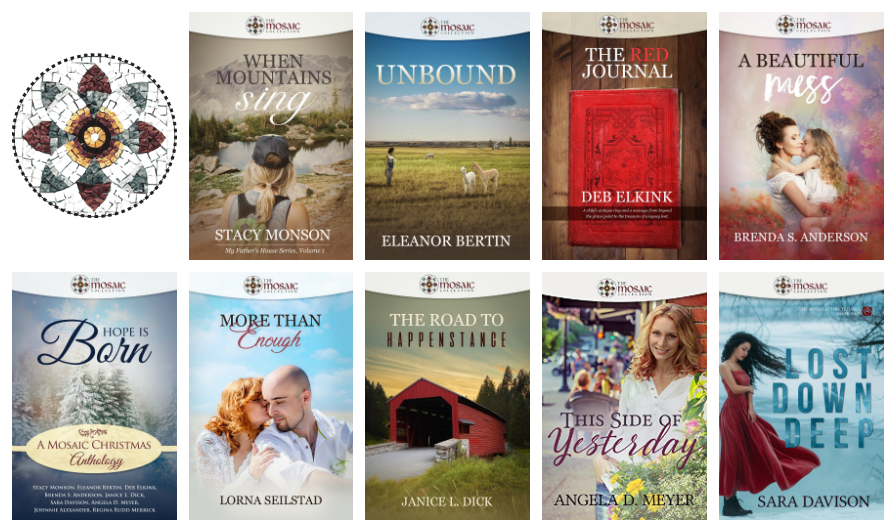
In this novel, the story not only crosses different countries, but also time periods. Why did you take this approach?
I consider The Red Journal to be Contemporary Literary Women’s Fiction with a theological/historical twist: Eat, Pray, Love meets the Book of Hebrews (and perhaps as well The Wizard of Oz). Sybil—with her metaphysical and carnal cravings—hop, skips, and jumps all over the globe as she tries to entice Libby into a multifaceted lifestyle not consistent with Libby’s aspirations, which are to find home and heritage. But the more anchored geographical setting of my story (based on the Conrad Mansion in Montana) is a fictional museum in North Dakota, the historical backstory that is important to understanding the cultural interplay between pioneer and Native American life that influences Libby’s family line. On the other hand, the imminent and contemporary “Today” is a motif that lends urgency: Today we look for our roots and today we find our meaning in inner spiritual Truth.
Short answer: I meant to allude to something beneath the fictional storyline, and crossing boundaries of country and time refers the reader to this allegory.
Besides writing, what other secret skills do you have?
Having visited more than thirty countries, a main hobby of mine is adventure travel—last winter spending three months in Mexico and Colombia, the year before in the Philippines, Hong Kong, and Vietnam. I love to make a pot of soup on a Canadian winter’s day—a family tradition that shows up in my novel, as Libby is seeking a lost family recipe of her own. Sewing allows another creative expression—recently I made a silk-velvet dress I hand-dyed the most scrumptious shade of cinnamon/sangria. Learning languages is fun—I speak a smattering of Spanish and French, and I studied Japanese in my youth to travel those islands with college friends but now forget any useful words I might have known (except “crazy foreigner,” which somehow echoes in my brain). And then, as a young bride transplanted from the city to a cattle ranch, I learned to cook for branding crews of a hundred and earned my private pilot’s license, though I haven’t flown in years. And get me in front of a large room of ladies to talk—well, I could go on and on about that one! : )
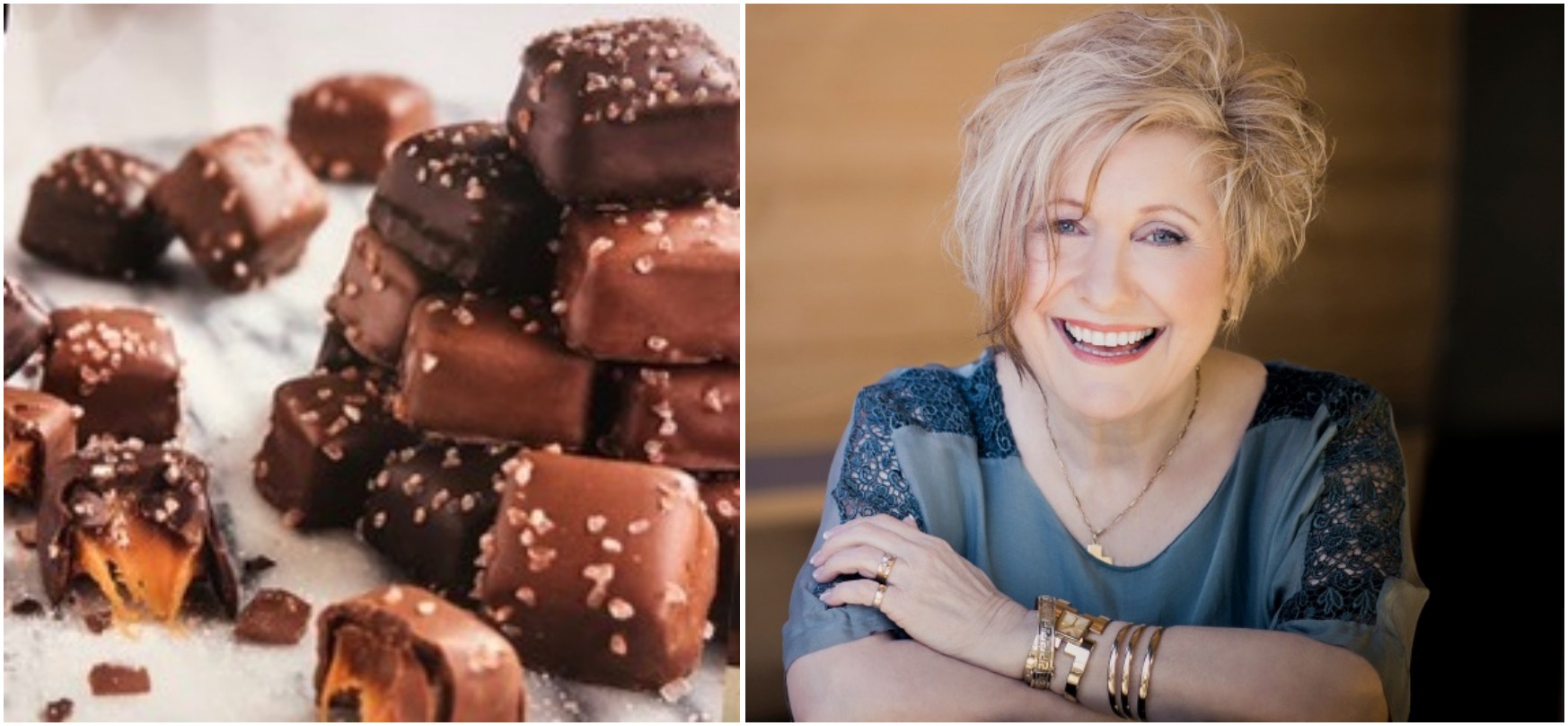
Which character did you find the most challenging to create and why?
Possibly Babette, Libby’s now-deceased grandmother who raised her in inner-city Minneapolis: “Gram” is a pivotal character, and the formative nature of her loving childrearing of Libby was rooted in an ethnicity very different than mine, which took a lot of heart of write. However, there is also MDM Laird, historical town founder and builder, whose voice echoes throughout the novel and gives biblical meaning to the symbolism of the Laird Estate.
What do you enjoy most about your work?
Research! I can just lose myself in imagining a character and then poring over material to weave into his or her circumstances. My own graduate degree in theology and the aid of the ’Net have added such richness to this study and excite my writerly imagination.
Does this book have an underlying message? What do you hope readers will take away from it?
Everyone is looking for inner peace: Home is a state of soul, a state of rest, to be found only in a familial relationship with God.
Was there a single defining moment or event where you suddenly thought, 'Now I'm an Author,' as in—this is now my career?"
I came close when I scored a literary agent, but then subsequently winning a significant award for that first novel, The Third Grace, truly sent me heavenward in ecstasy! I’d been dreaming about being a “real writer” since a poem of mine appeared in my elementary school yearbook, and when I published numerous short stories and articles in my early adulthood. Subsequent decades were dedicated to family life and took me to the spot where I finally had a real story to tell with time to tell it, assuring me that I could tell another one, and another . . .
Is there something that compels you to write? And do you find that writing helps you achieve a clarity about yourself or ideas you've been struggling with?
I do share with most writers that compulsion to communicate, to be understood—although in my case it might be pathological! The family myth has it that I came out of the womb talking—and I actually did speak in full, grammatically correct sentences at eleven months of age, before I even walked. My parents bought me one of those “Chatty Cathy” dolls with the ring at the back of the neck, and I suspect this was an attempt to shut me up. Didn’t work.
More seriously, it’s about relationships. I don’t “use” writing as therapy except in my password-locked personal journal. My purpose in writing fiction isn’t to explore my own psyche (although this occasionally happens) but to express some dearly held beliefs in an entertaining fashion. I love “retelling timeless truths.” That is, I hope my readers find something strangely familiar in my writing; my goal is only to share my illustration of a true old story they might have heard before, perhaps long ago . . . There really is nothing new under the sun, is there?

If you could choose one character from your book to spend a day with, who would it be? And where would you take them?
Hmm, that’s a toughie no one has asked me before. Bag lady Elsa needs Alcoholics Anonymous; MDM would be thrilled if I took him for a flip in a light aircraft; Zinnia would likely belt out a wonderful Negro Spiritual in a southern church . . . I won’t go on, but you have me obsessing now!
What are you working on right now?
I’ve got a short story on the go for publication in an upcoming anthology. But a novel series is brewing that will look at the grand sweep of marriage over several decades, and another idea for a story about the emergent cider industry is set dually in northern France and in Canada’s British Columbia . . .
Where can our readers discover more of your work or interact with you?
Check out my website: http://www.debelkink.com/
Friend me on Facebook: https://www.facebook.com/deb.elkink
Subscribe to my monthly newsletter (and you’ll automatically receive a colorful, entertaining MiniMag of bonus content for The Red Journal; as well, I have an upcoming CHOCOLATE GIVEAWAY to die for!): https://us11.list-manage.com/subscribe?u=c09b035619ba6a04bcccc681a&id=a…
